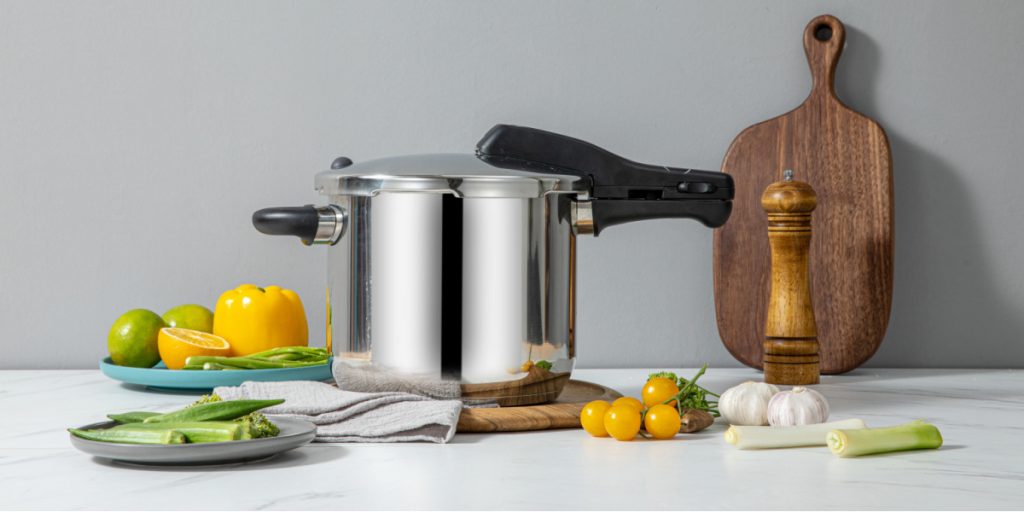Discover all the dos and don’ts of pressure cooking before you prep your next meal in this wonder pot.
Others are reading now
The pressure cooker is a kitchen marvel, cutting down cooking times significantly. While it’s great for dishes like risottos and stews, not everything belongs in it.
Here’s a guide on what to avoid and the essentials of using a pressure cooker safely.
Understanding the Pressure Cooker
Invented in the 17th century by French physicist Denis Papin, the modern pressure cooker was patented in 1953.
It’s essentially a steel pot with a special lid that seals tightly, equipped with a service valve (for steam release) and a safety valve (for excess pressure).
Also read
The steam creates pressure, allowing food to cook at higher temperatures quickly, preserving flavor and nutrients. The pot’s design ensures even heat distribution for efficient cooking.
Foods to Avoid in the Pressure Cooker
Some foods don’t fare well under pressure, either due to their delicate nature or because they pose safety risks. Here are some examples:
-
Delicate Vegetables: While sturdy veggies like potatoes do well, leafy greens or soft vegetables like zucchini may turn to mush.
-
Milk and Dairy Products: Liquids like milk can foam and leak out of the pressure cooker valve, making dairy products unsuitable.
-
Lean Meats: The pressure cooker excels with fatty cuts for slow-cooked dishes. However, lean meats like chicken breast or tenderloin may end up tough and dry.
Never Put These in Your Pressure Cooker
Certain items should never find their way into a pressure cooker for safety reasons:
-
Foods in Foil: Foil can block the safety valve, creating a risk of explosion.
-
Sealed Jars: The high pressure can cause jars to burst, potentially causing injury.
-
Foods Without Liquids: Always add water when cooking pasta, rice, or legumes to prevent burning.
-
Foaming Foods: Soups and legumes that produce foam might clog the safety valve, although this is less dangerous than other concerns.
Pressure Cooker Safety Tips
To safely enjoy the benefits of pressure cooking, keep these guidelines in mind:
-
Never overfill the pot beyond the maximum indicated level (usually two-thirds full).
-
Ensure the pot is properly sealed before starting.
-
Check that the safety valve is functioning.
-
Wait for the pressure to fully release before opening the pot.
-
Always use gloves or pot holders to handle the hot pot.


